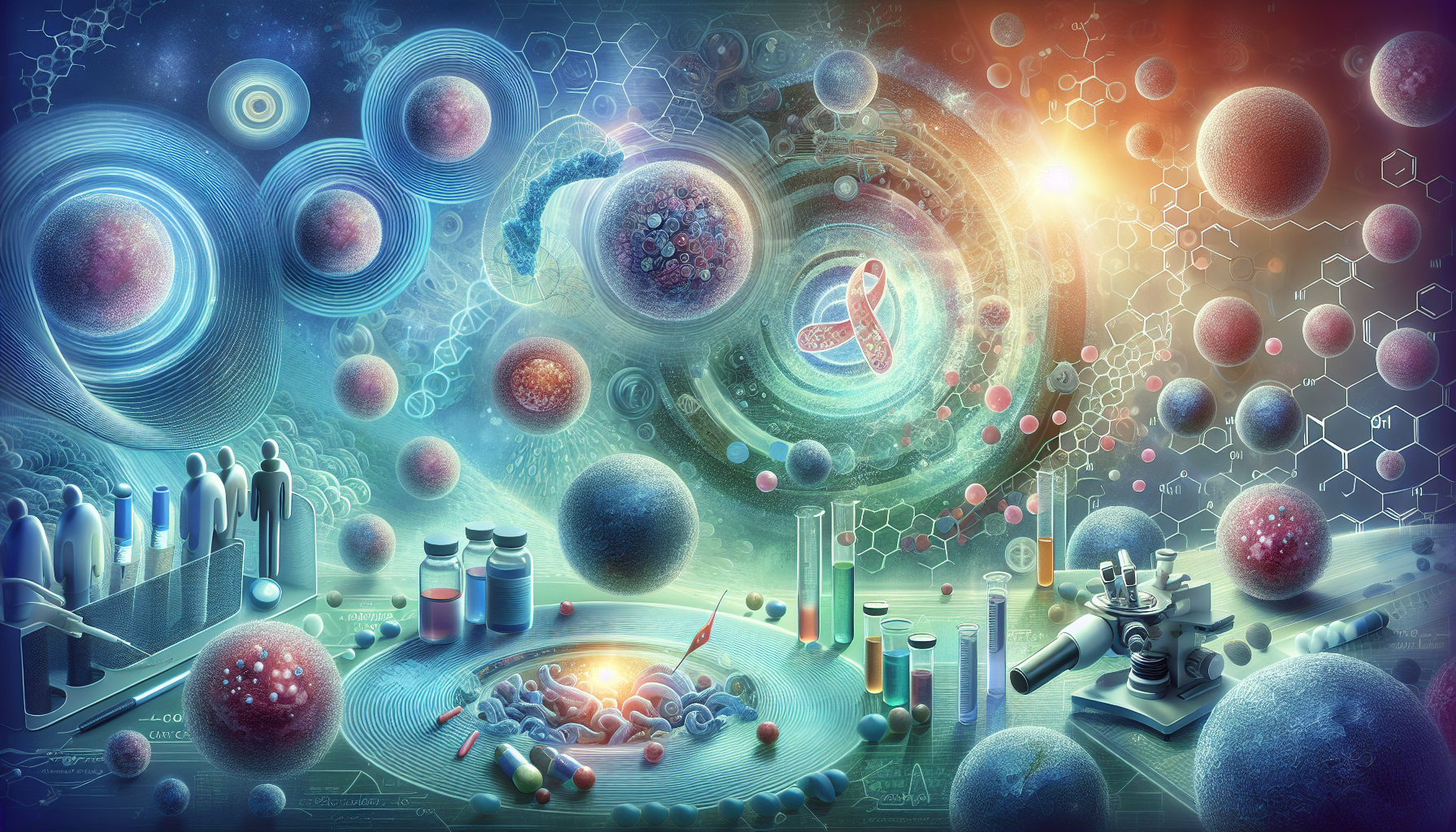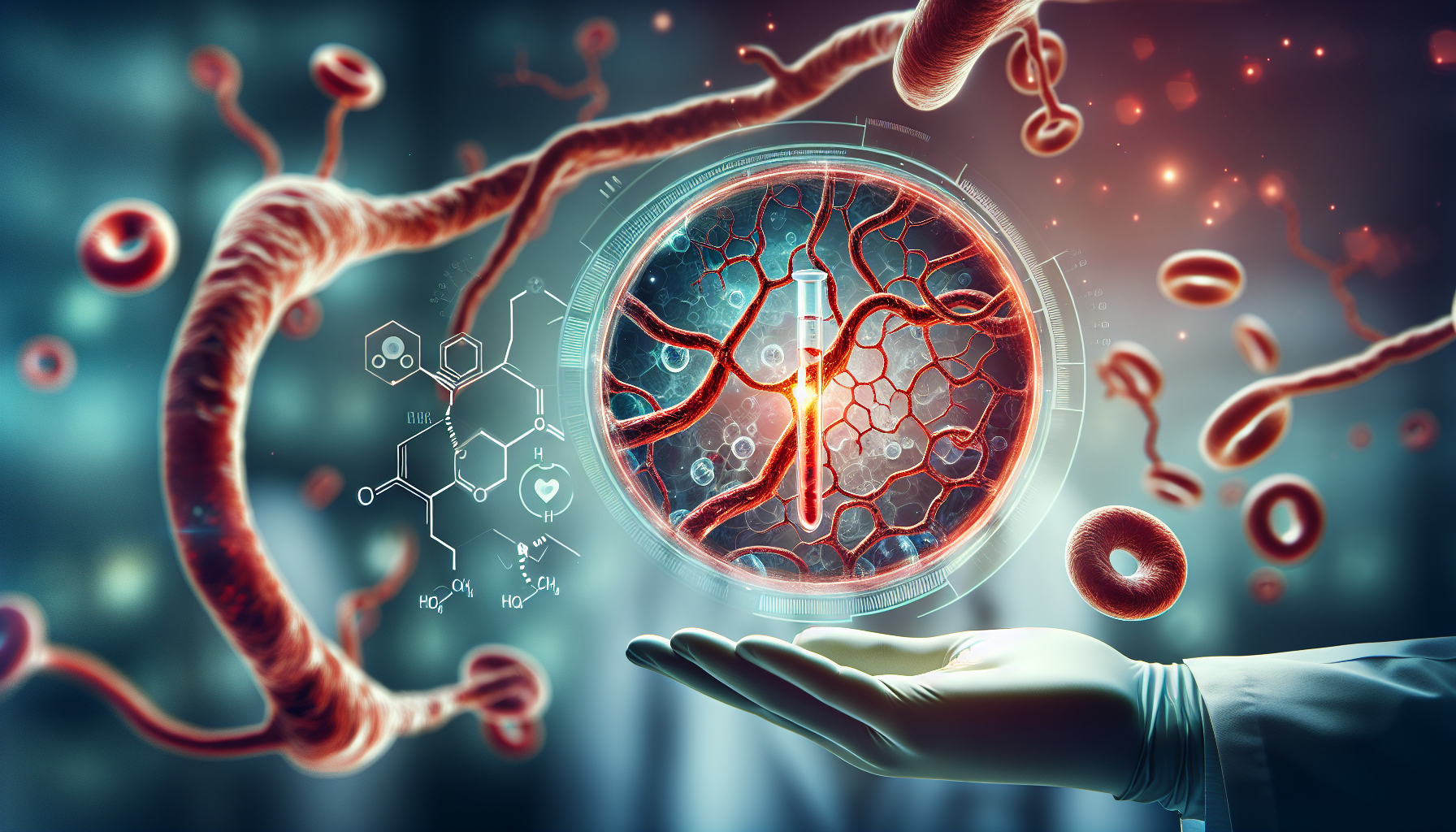New Guidelines Aim to Enhance Hemophilia Treatment Protocols
Key Takeaways
- The ISTH released a rigorous guideline for hemophilia treatment.
- Prophylactic treatment is strongly recommended for severe cases.
- Patient involvement is crucial for personalized treatment plans.
Did You Know?
Introduction to Hemophilia
Hemophilia is a rare bleeding disorder that affects the blood's ability to clot, leading to excessive bleeding. This condition is usually inherited and primarily impacts males. Two main types of hemophilia exist: Hemophilia A, caused by a deficiency in factor VIII, and Hemophilia B, resulting from a lack of factor IX. Effective management of hemophilia requires a comprehensive understanding of these coagulation factors.
Groundbreaking Clinical Practice Guideline
The International Society on Thrombosis and Haemostasis (ISTH) has released a new clinical practice guideline for hemophilia treatment. This guideline is the first to use the stringent Grading of Recommendations Assessment, Development, and Evaluation (GRADE) methodology, providing a detailed decision-making framework for both healthcare providers and patients.
Development of the Guideline
The guideline was developed over several years by a diverse panel that included physicians and patient representatives from around the world. The panel carefully examined key clinical questions and prioritized outcomes that are important for both clinicians and patients. This thorough process ensured that the recommendations are both evidence-based and patient-centered.
Rigorous Analysis and Public Commentary
To guarantee comprehensiveness, the recommendations underwent rigorous analyses and were opened for public commentary. This approach ensured that the guideline is not only comprehensive but also transparent and inclusive. The result is a set of 13 well-defined recommendations for managing Hemophilia A and B.
Key Recommendations
The guideline strongly endorses prophylactic treatment over episodic interventions for severe and moderately severe cases of hemophilia. This marks a significant shift in clinical practice, aiming to improve patient outcomes and quality of life. Other recommendations focus on individualized treatment plans based on patients' specific needs, risks, and preferences.
Challenges in Hemophilia Management
Hemophilia is a complex condition that poses numerous challenges for both patients and healthcare providers. The new guideline acknowledges these challenges and provides clear strategies to address them. It emphasizes the importance of patient involvement in treatment decisions and the need for ongoing research to fill gaps in scientific data.
Value of Patient Involvement
One of the standout features of the guideline is its focus on shared decision-making. It highlights the importance of considering patients' individual risks, values, and preferences in treatment decisions. This approach aims to make care more personalized and effective.
Future Prospects
The ISTH is committed to continually updating the guideline as new data and treatments become available. Future updates are expected to include novel therapies such as new factor replacement therapies and gene therapy. This ensures that the guideline remains relevant and up-to-date, providing the best possible care for individuals living with hemophilia.
Global Collaboration
The guideline also promotes global collaboration among stakeholders, including clinicians, researchers, and patient organizations. By working together, these groups can ensure that the latest advancements in hemophilia treatment are effectively disseminated and implemented worldwide.
Conclusion
The new ISTH guideline sets a new standard in hemophilia care, providing clear, evidence-based recommendations. It underscores the importance of prophylactic treatment and patient-centered care. As hemophilia treatments continue to evolve, this guideline will serve as a critical resource for optimizing patient outcomes and advancing hemophilia research.
References
- ISTH Hemophilia Guidelinehttps://www.isth.org/page/hemophiliaguideline
- Hemophilia Fact Sheethttps://www.cdc.gov/ncbddd/hemophilia/facts.html
- What is Hemophilia?https://www.hemophilia.org/bleeding-disorders-a-z/types/hemophilia-a




